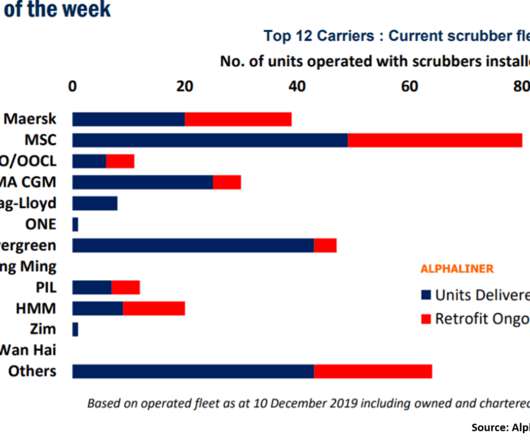The Better Goal: More Fuel Efficient Trucks or Using Fewer Trucks?
Talking Logistics
JUNE 22, 2015
According to the press release : The proposed standards are expected to lower CO2 emissions by approximately 1 billion metric tons, cut fuel costs by about $170 billion, and reduce oil consumption by up to 1.8 billion barrels over the lifetime of the vehicles sold under the program.















Let's personalize your content